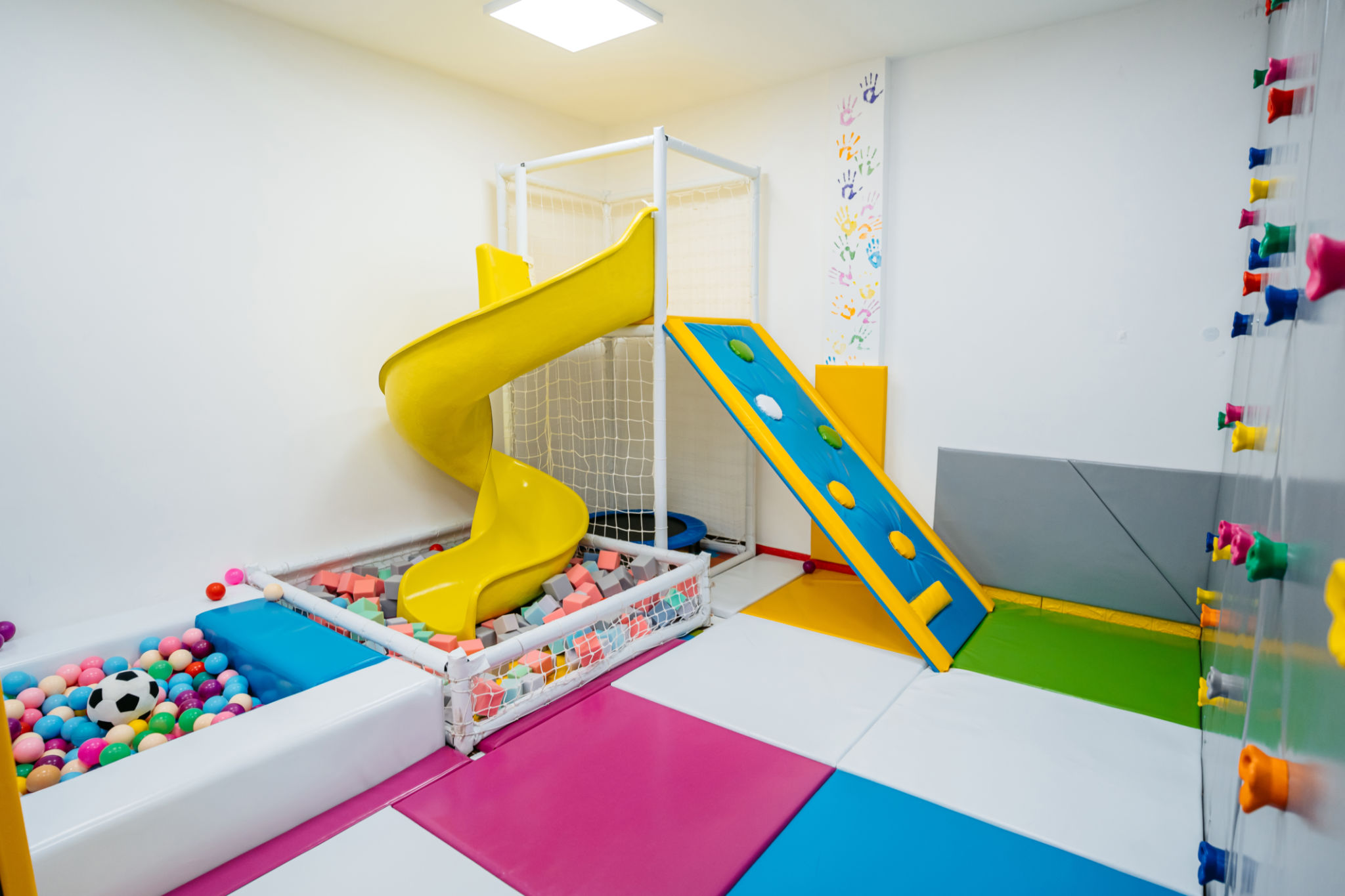Finding Calm at Home: The Power of Sensory Friendly Home Design
AC
In today's busy world, home should be a place of comfort, safety, and restoration — especially for children and families with sensory needs. As an occupational therapist and sensory specialist, I've had the privilege of designing sensory clinics, home playrooms, bedrooms for all ages, and even parent-centered sensory spaces. Now, I'm excited to bring a new focus to my work: sensory-friendly home design.
Home isn't just where the heart is; it's where regulation, growth, and family connection can truly flourish when the environment is intentionally supportive. Through skilled intervention, targeted sensory tools, powerful therapeutic modalities like Therapeutic Listening and Astronaut Training, and now strategic design, my mission is to help families find their calm and thrive at home.

What is Sensory Home Design?
Sensory home design creates spaces that soothe, support, and stimulate sensory systems appropriately. It's about more than just adding a bean bag chair or some twinkle lights (although those can be part of it!); it's about designing with intention. Lighting, texture, sound, movement, visual layout, and even furniture choices all play a role in creating an environment where sensory regulation comes naturally.
Why Sensory Friendly Spaces Matter
For children and adults with sensory processing challenges, the world can feel overwhelming. Bright lights, chaotic sounds, cluttered spaces, and unpredictable environments can trigger dysregulation, anxiety, and frustration. At home, where we should feel most secure, creating sensory-considerate spaces can:
- Reduce meltdowns and stress
- Improve focus and attention
- Promote independence
- Foster deeper sleep and better routines
- Strengthen family relationships

Core Elements of Sensory Home Design
When designing a sensory-friendly environment, I focus on these core elements:
1. Lighting: Soft, adjustable lighting (dimmers, lamps, warm bulbs) reduces overstimulation and promotes calm. Natural light is harnessed thoughtfully.
2. Sound: Sound-absorbing materials, white noise machines, and Therapeutic Listening programs help control auditory input and create a quieter environment.
3. Textures: A mix of calming and alerting textures (e.g., soft rugs, smooth surfaces, bumpy tactile walls) supports sensory exploration and grounding.
4. Movement Opportunities: Incorporating swings, crash pads, or small climbing structures allows for essential vestibular and proprioceptive input at home.
5. Visual Organization: Clutter-free, organized spaces with clear visual boundaries reduce chaos and improve attention, particularly important for neurodivergent children.
6. Safety and Comfort: Sensory spaces are secure and accessible, providing safe zones for self-regulation and retreat.

Real Life Applications
I've helped design sensory playrooms with hideaway nooks, parent bedrooms with calming color palettes and blackout shades, teen spaces for mindful retreat, and whole-home sensory environments that incorporate multi-sensory support in every room.
Imagine a living room where a cozy corner with a weighted blanket invites unwinding after a tough school day. A bedroom where soothing sounds and textures set the stage for deep, restful sleep. A playroom where sensory swings and visual schedules encourage active play and regulation.
What’s Next
I'm thrilled to begin showcasing some of these designs through videos, images, and real family stories — bringing the concept of sensory-friendly living to life. Through each project, my goal remains the same: to equip families with the tools, support, and environments they need to build thriving, joyful homes.
Whether you are starting small with a sensory reading nook or dreaming of a full home transformation, you deserve a home that embraces and uplifts your family's unique needs.
Stay tuned as we explore real projects, simple tips you can start today, and the beautiful, powerful ways sensory design transforms lives.
Want to create a more peaceful, sensory-friendly home? Download my free Sensory-Friendly Home Starter Guide — a calming, OT-approved checklist filled with quick wins and room-by-room ideas your family will love.
👉Download the Sensory-Friendly Home Starter Guide
About the Author
Hi, I’m Alicia Clark — a licensed pediatric occupational therapist, Autism specialist, and certified Therapeutic Listening provider with over 18 years of experience. But more than that, I’m also someone who grew up with my own sensory challenges and now parent children with sensory processing needs.
Through my work at Faith and Function, I combine professional expertise with personal understanding to support families just like yours. I’m passionate about sharing practical, compassionate strategies to help you create a sensory-friendly home where your child — and your whole family — can thrive.

